As part of a 14 day trip from January until February 2022 to the East African nation of Tanzania, 11.5 days were spent on mainland Tanzania, and 2.5 on the island of Zanzibar. A separate photo post and photo album can be found for Zanzibar, as I felt it was best to create an album individually for each. Zanzibar and Tanganyika joined together in 1964, forming one nation known a Tanzania. While they are one nation, they are both very distinct in their cultures, histories, and climates. So I felt it best to appreciate each separately.
Due to the time spent and overwhelming amount of wildlife encountered, an extended album featuring 275+ photos is available here. It is a longer form version of the experience of this trip, and really paints a full picture as to everything seen. If you are a fan of longer photo albums featuring amazing wildlife and culture, than this extended album version is perfect for you. It is a fuller, richer experience of what this trip was, and shows how beautiful Tanzania is.
To see the mainland Tanzania standard length album version, click here.
To see the mainland Tanzania extended length album version (275+ photos), click here.
To see the Zanzibar photo post, click here.
To see the Zanzibar album, click here.
Day 1 started at Tarangire National Park, which is a park in the Manyara Region, named after the Tarangire River which passes through it.
Here are some of the highlights of the wildlife seen during our afternoon safari inside of Tarangire National Park.
On the way back to the hotel for the evening, we drove past a family of baboons on the side of the road.
Day 2 started off by driving from the hotel in Karatu, heading off to Serengeti National Park. In order to get to Serengeti by car, you must drive through Ngorongoro Crater. The Ngorongoro Conservation Area is home to approximately 100,000 Maasai, who have occupied this region for hundreds of years. Maasai are pastoralists, and you will encounter endless herds of cattle and goats while driving through the Ngorongoro area. Cattle represents the main form of currency in the traditional Maasai society, and the larger the herd of the family, the wealthier they are considered.
Cultural bomas exist, which are designated areas of conservation land setup for the purpose of meeting and learning about the Maasai people, and their way of life. You can see the huts which they live in, and they will teach and demonstrate their cultural ways. One of the traditions they share is the Maasai jumping dance, where the men compete with each other to see who can jump the highest. The women of the tribe make beadwork, and this jewelry is a tradition where each work of art tells a story, and each color of bead has a different representation in what it symbolizes.
Here are some photos from our stop at one of these Maasai bomas.
While stopping on the side of road to eat our lunch, this young Maasai boy noticed us and headed over our way. We ended up sharing our lunch with him and some other children who joined.
Our next stop would be Serengeti National Park, where we would be the next 3 days, staying inside of the park.
Here are some highlights of the wildlife we saw during our wildlife-packed 3 days inside of Serengeti National Park.
Some of my personal favorites, were our encounters with giraffes.
The hippo encounters.
This storm-cloud-covered zebra.
This late-evening hippo skull.

And on our last day, about 1 hour before leaving the park, we were lucky to get a close-encounter with the amazingly beautiful serval cat.
After Serengeti, our next safari stop would be the Ndutu area, which is in the northwestern section of the Ngorongoro Conservation Area.
We stayed overnight inside of Ndutu, and spent roughly 1 full day inside of this part of the park. Here are some highlights of the wildlife encountered in our day inside the Ndutu section of Ngorongoro.
We were treated to an amazing sunset during our one night in Ndutu.
After Ndutu, we spent a full day inside of the Ngorongoro Crater section of Ngorongoro Conservation Area.
An active volcano collapsed over 2 million years ago, leaving what is the world’s largest intact caldera today. Home to roughly 25,000 large animals, the park is probably most known for its population of the endangered black rhinoceros. The crater itself is a natural enclosure, which provides the barriers to a unique ecosystem and supports a wide range of animal species who call the crater their home. It is not guaranteed to see a rhino, but we were lucky enough to see 5 total. They were pretty far from our vehicle, so the photo quality is not the best. But we were lucky nonetheless to even get to see them.
Here is the view from just on top of the crater, before proceeding down inside.
Here are some highlights from inside the crater.
After Tarangire, Serengeti, Ndutu and the Ngorongoro Crater, it was time to hang up our safari hats, and continue the rest of the trip through Tanzania. It was sad to say goodbye to all the beautiful wildlife we encountered, but I was looking forward to seeing more culture and other parts of the country.
The following day we made 2 stops to 2 local tribes: The Hadzabe and the Datoga.
The Hadza are an indigenous ethnic group of people found inside Tanzania, mainly in the Karatu and Arusha regions. As of 2015, around 1,200 Hadza lived in Tanzania, and they have traditionally existed solely on hunting and gathering. The language they speak, Hadzane, is entirely an oral language, and uses distinctive tongue clicks as part of their way of speaking.
During our stop at the Hadzabe tribe, we followed them for one of their morning hunts, to witness their way of life. They do not keep any livestock, so everyday they must hunt to eat. Here are some highlights from my time with the Hadza, and on their hunt.
The Datoga are semi-nomadic and pastoralists who live in roughly the same region the Hadza do. They once occupied greater regions of land in Tanzania, but lost much control to the Masaai, and are now located around the banks of Lake Eyasi. The tribe we specifically visited specialized in metal working, and would construct the metal spears used by other tribes in their hunting. Here are some highlights of our time with the Datoga tribe.
We then departed the Karatu region of Tanzania, and headed to the Marangu area, which is just outside of Mount Kilimanjaro. We spent one day in this area of the country, which is located directly in the foothills of the mountain. While the view of the mountain itself was primarily obstructed, we were still able to sneak a quick peak when there was a small window in the clouds. We also hiked down to the Materuni Waterfall, in nearby Moshi.
At this point in the trip, we head to Zanzibar for two and a half days. Again, you can find the photo post and photo album for this section of the trip.
After our quick trip to Zanzibar, we returned for 1 more day on the mainland, before departing back home.
Our last day started with taking a tour of a local market inside of Arusha. Local markets are one of my favorite parts of international traveling, and try to make a point to visit one on each trip I take. Here are some highlights from inside this fresh market.
We then headed to a local hot springs swimming hole and a small waterfall.
I had no real plans for photography locations for that evening. So I asked the family we were staying with if they had any vantage points they could take me nearby, overlooking the streets and possibly seeing the sunset. They knew someone who owned a local store which was either 4 or 5 stories high. Which isn’t the highest vantage point in the world, but I was very happy with what it allowed me to see. As the sun set on the city of Arusha, the streets were alive with activity. I highly recommend zooming in all the way on these following photos, but especially on the 2nd one. It is essentially a Where’s Waldo of Arusha street activity. A banana vendor, a school bus, and endless motorcycles and tuk-tuks make for a detail-filled picture.
Thank you for joining me on this trip through Tanzania. Here are the related links again.
To see the mainland Tanzania standard length album version, click here.
To see the mainland Tanzania extended length album version, click here.
To see the Zanzibar photo post, click here.
To see the Zanzibar album, click here.









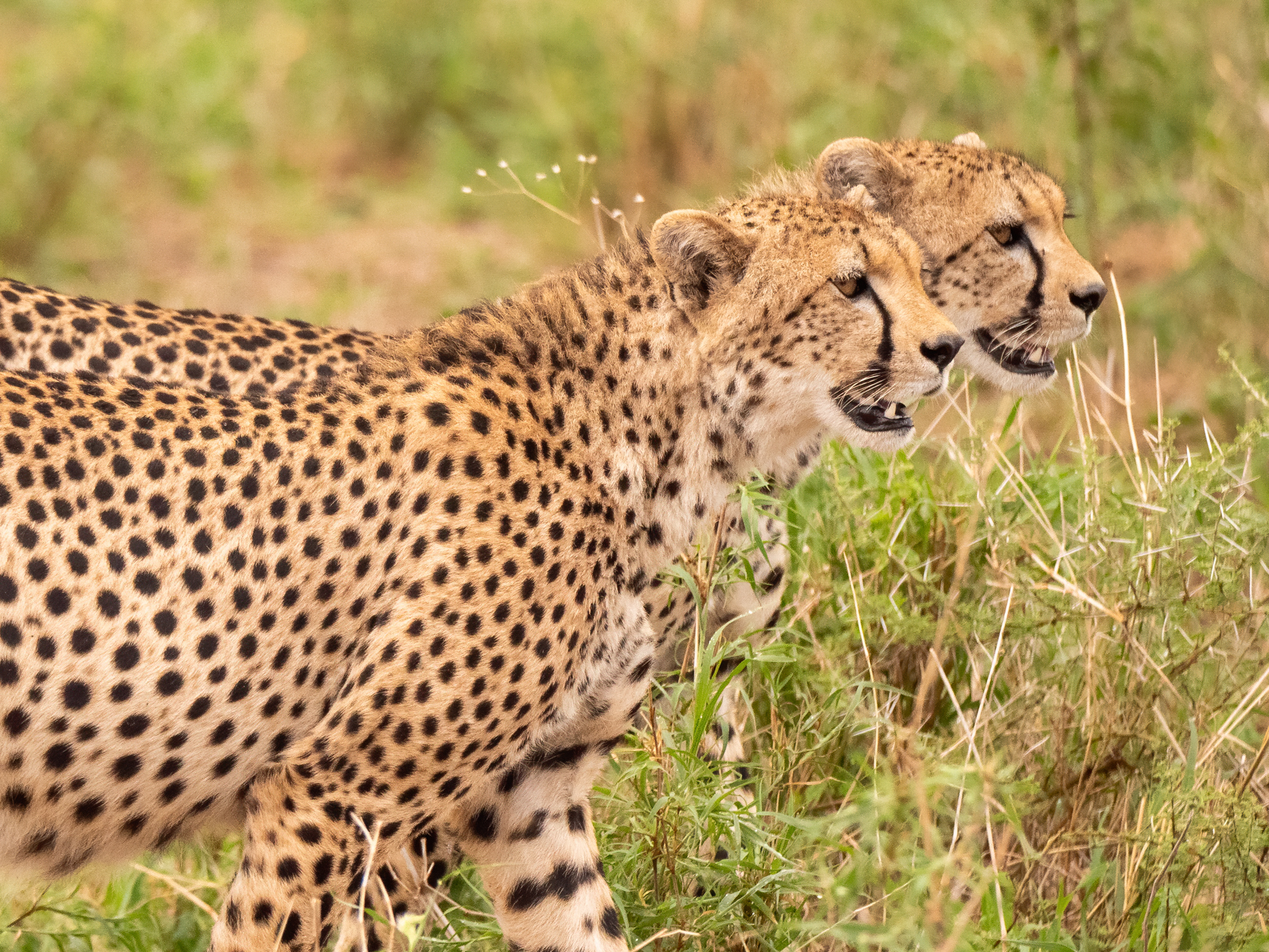









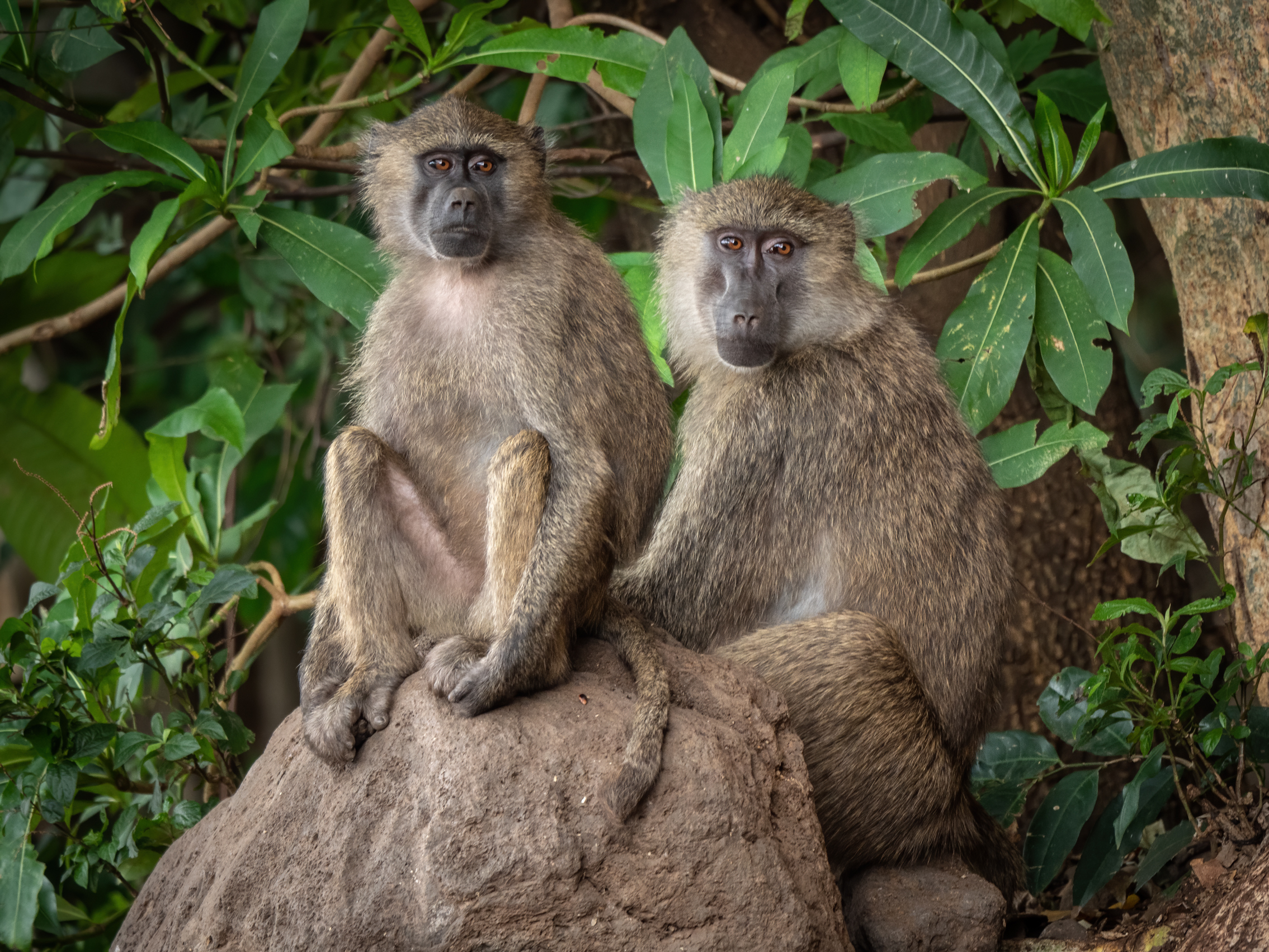







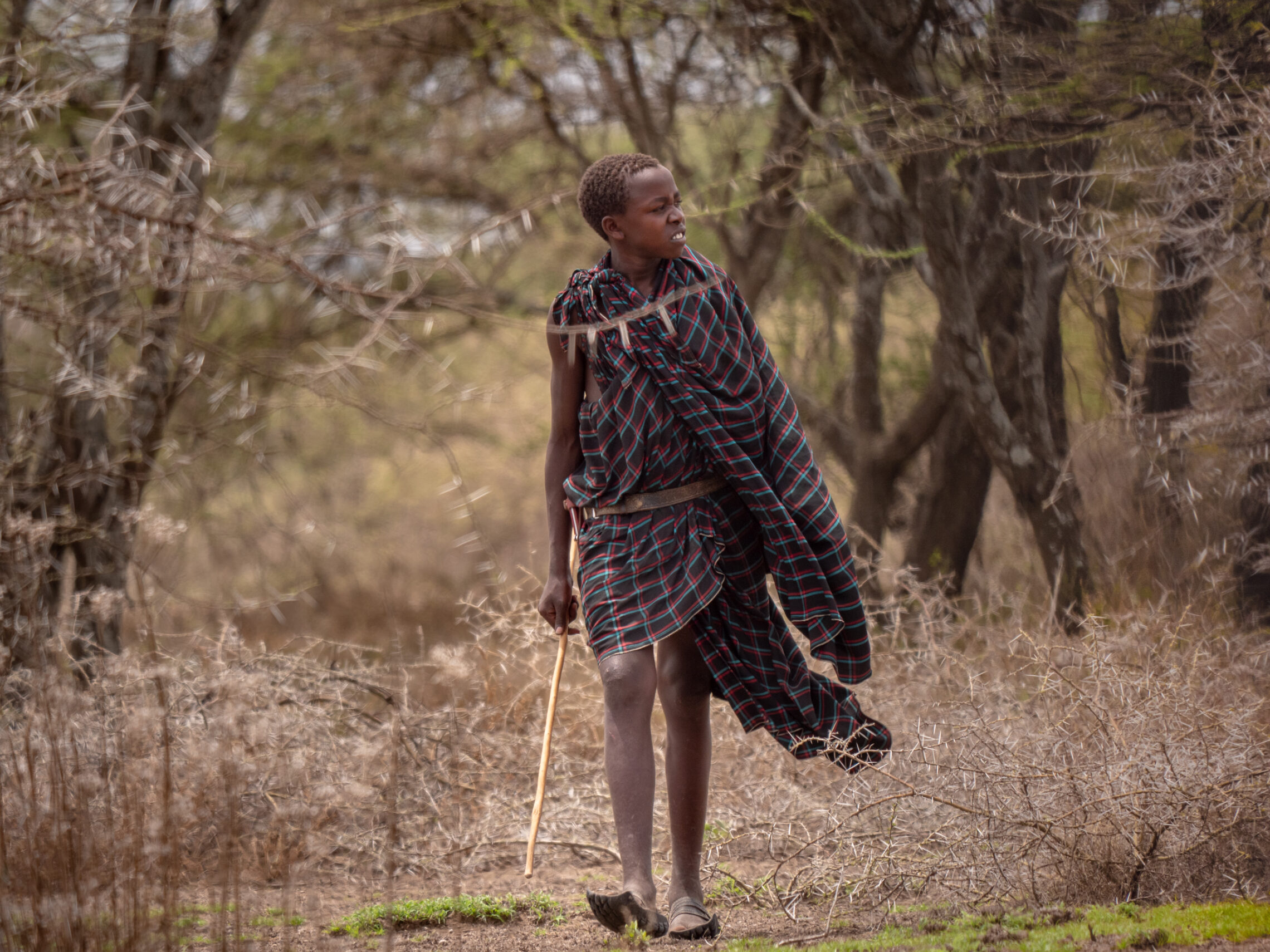




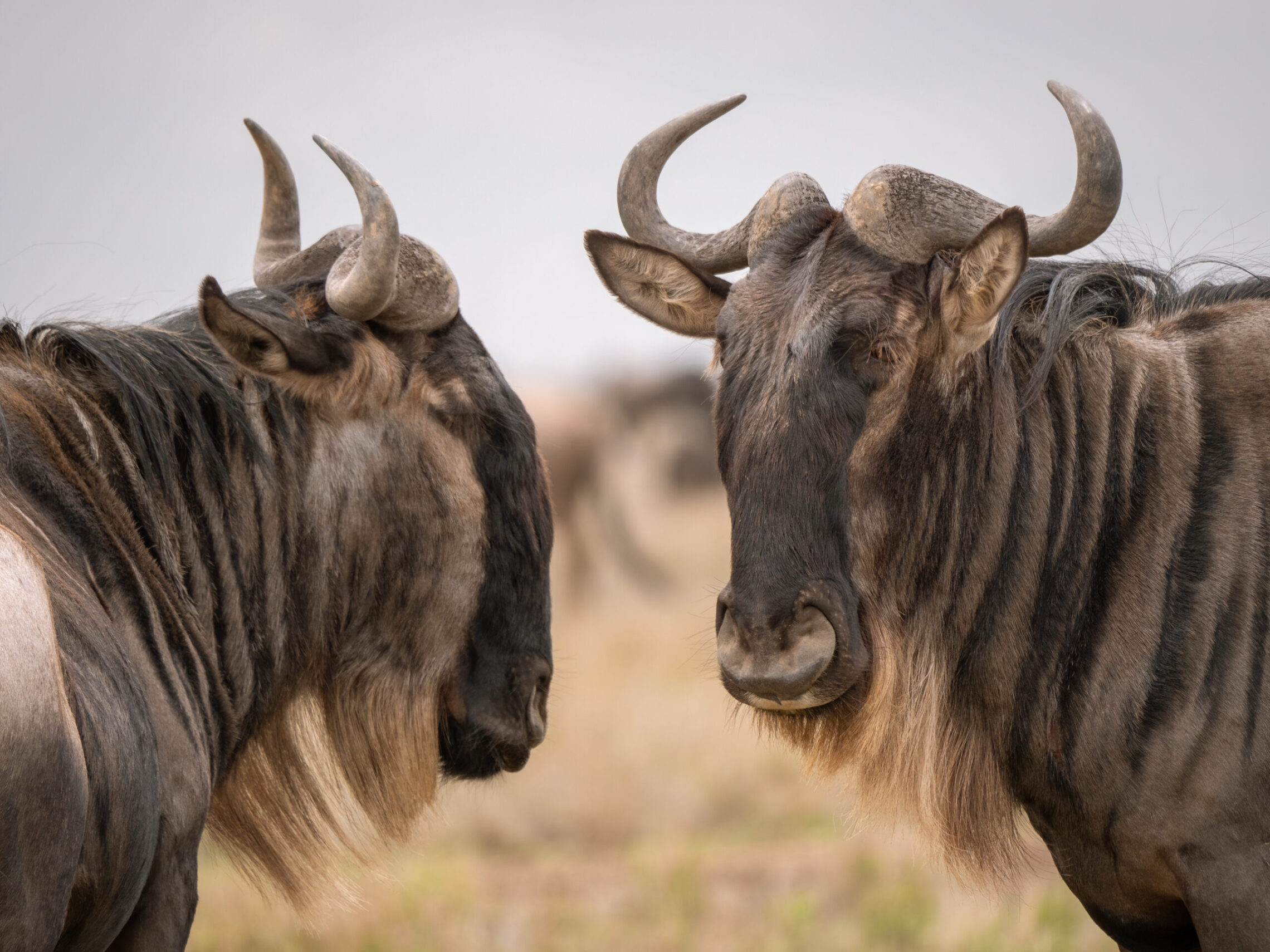











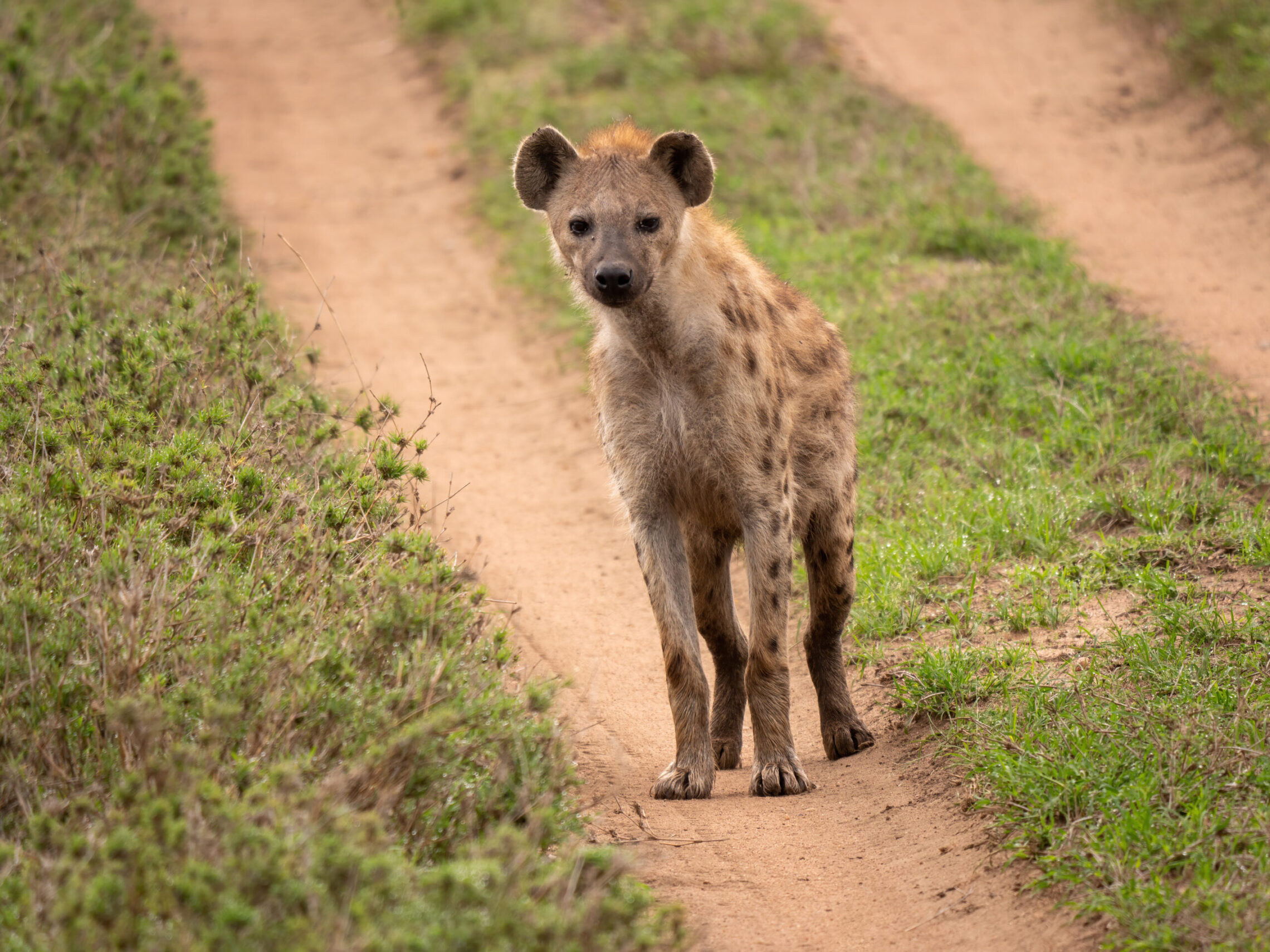
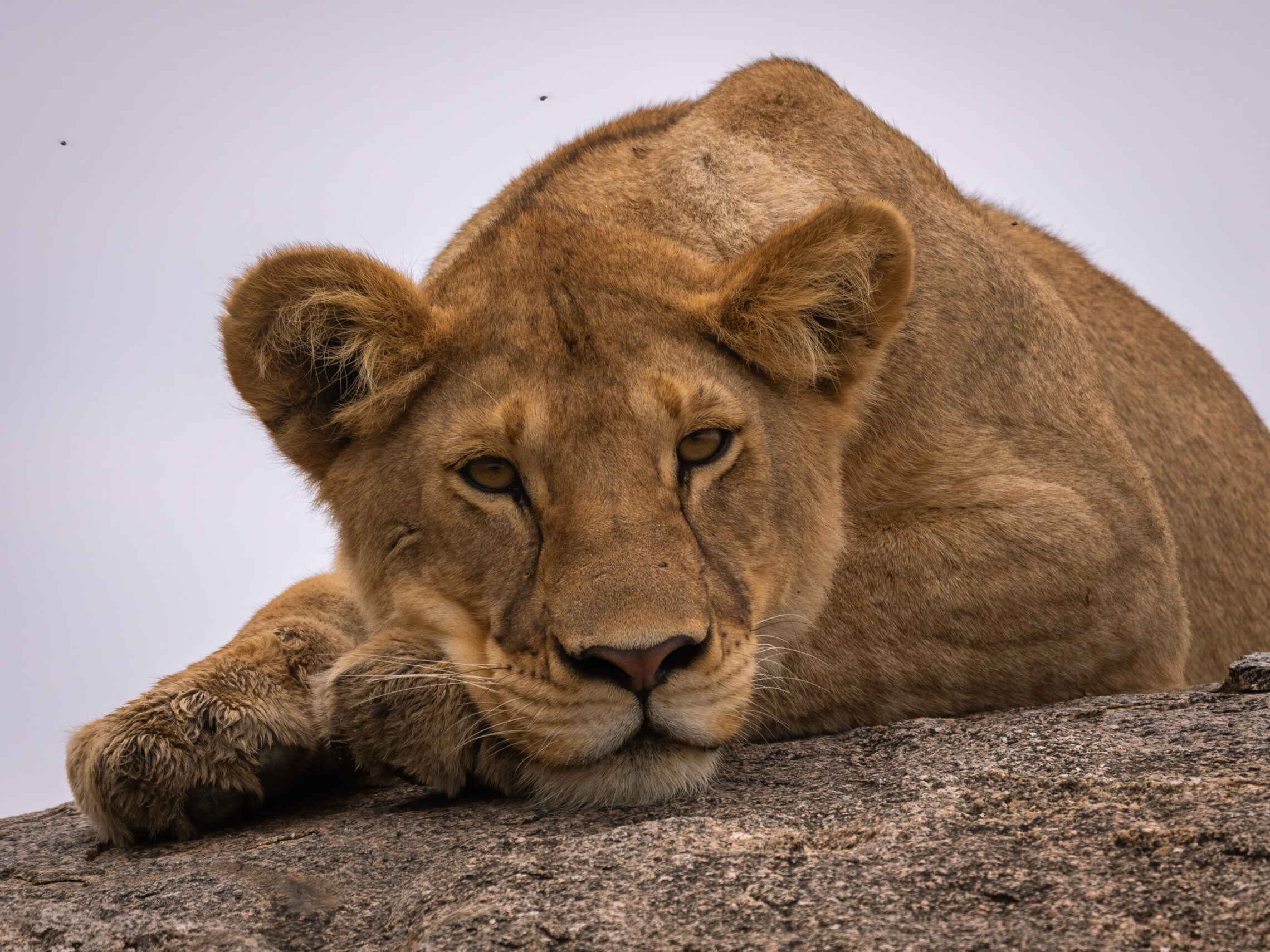
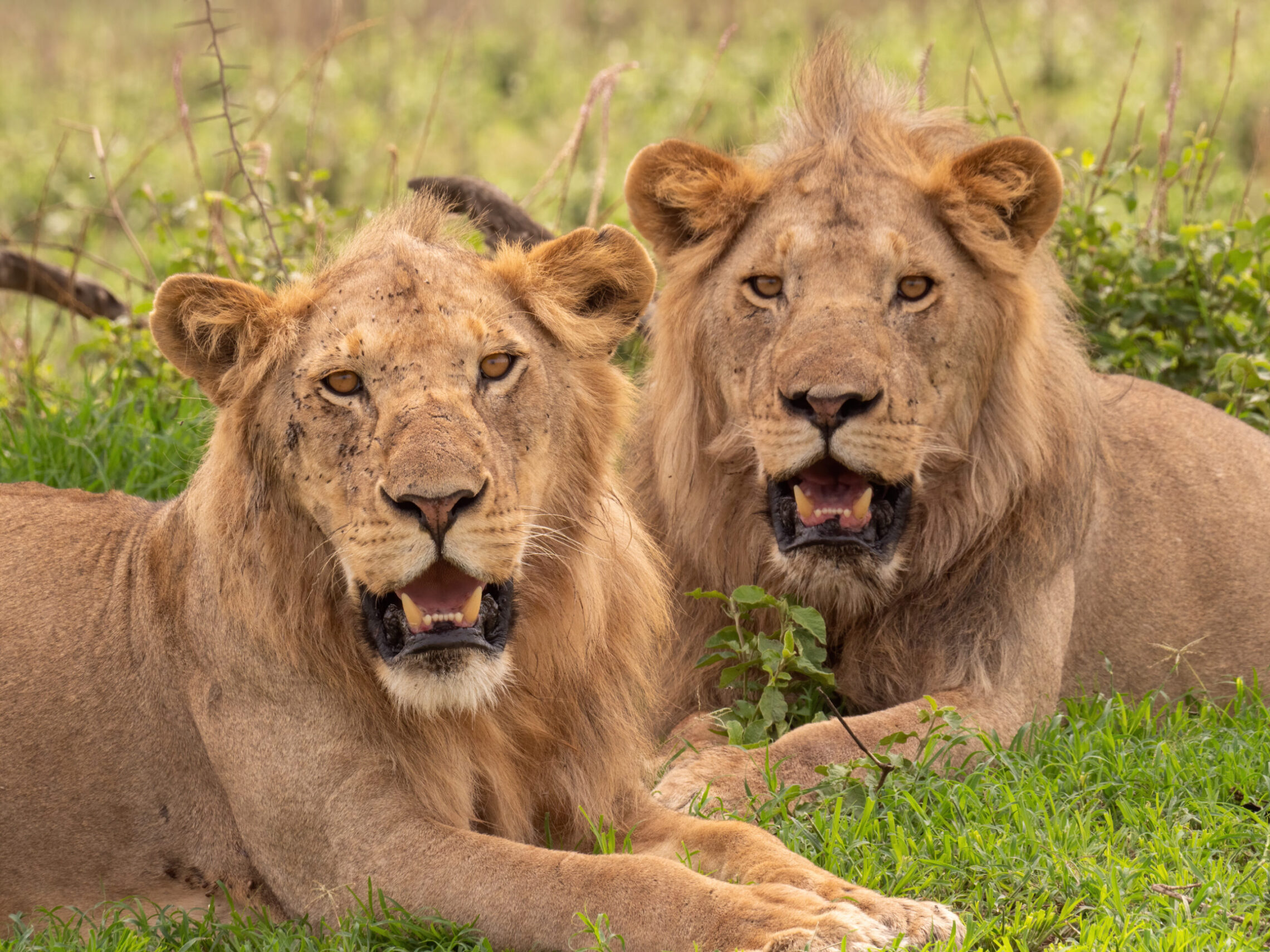





















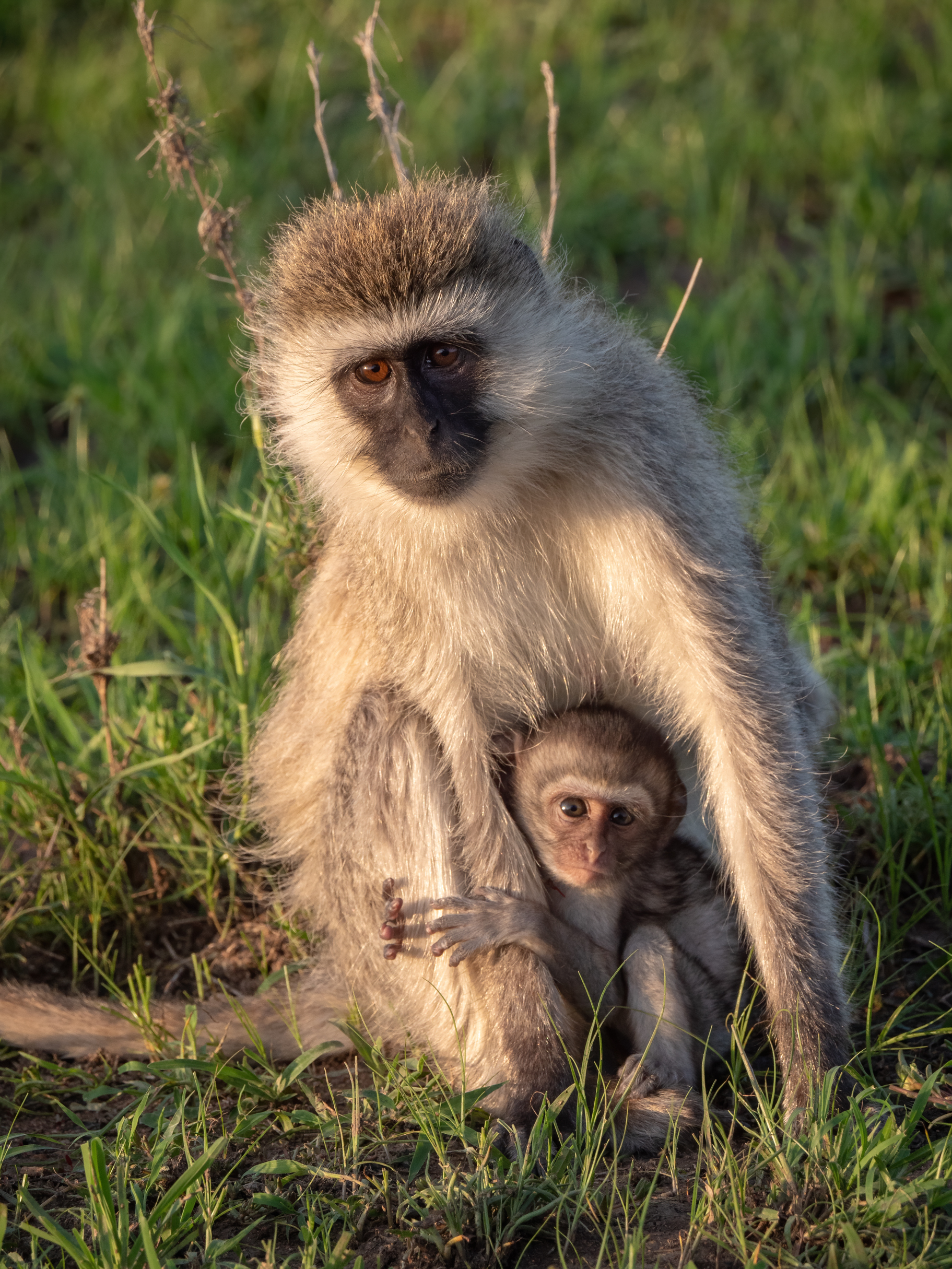







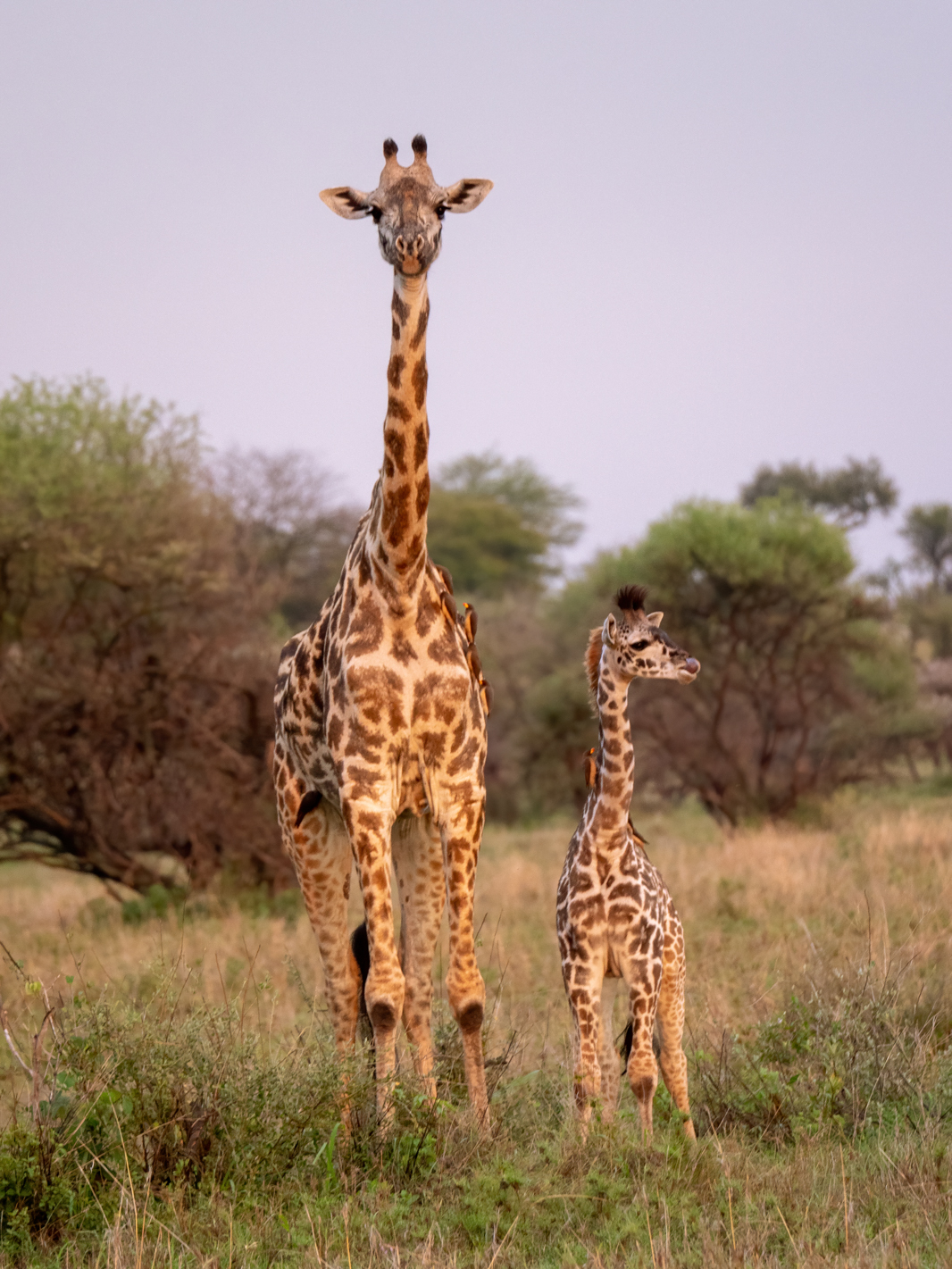


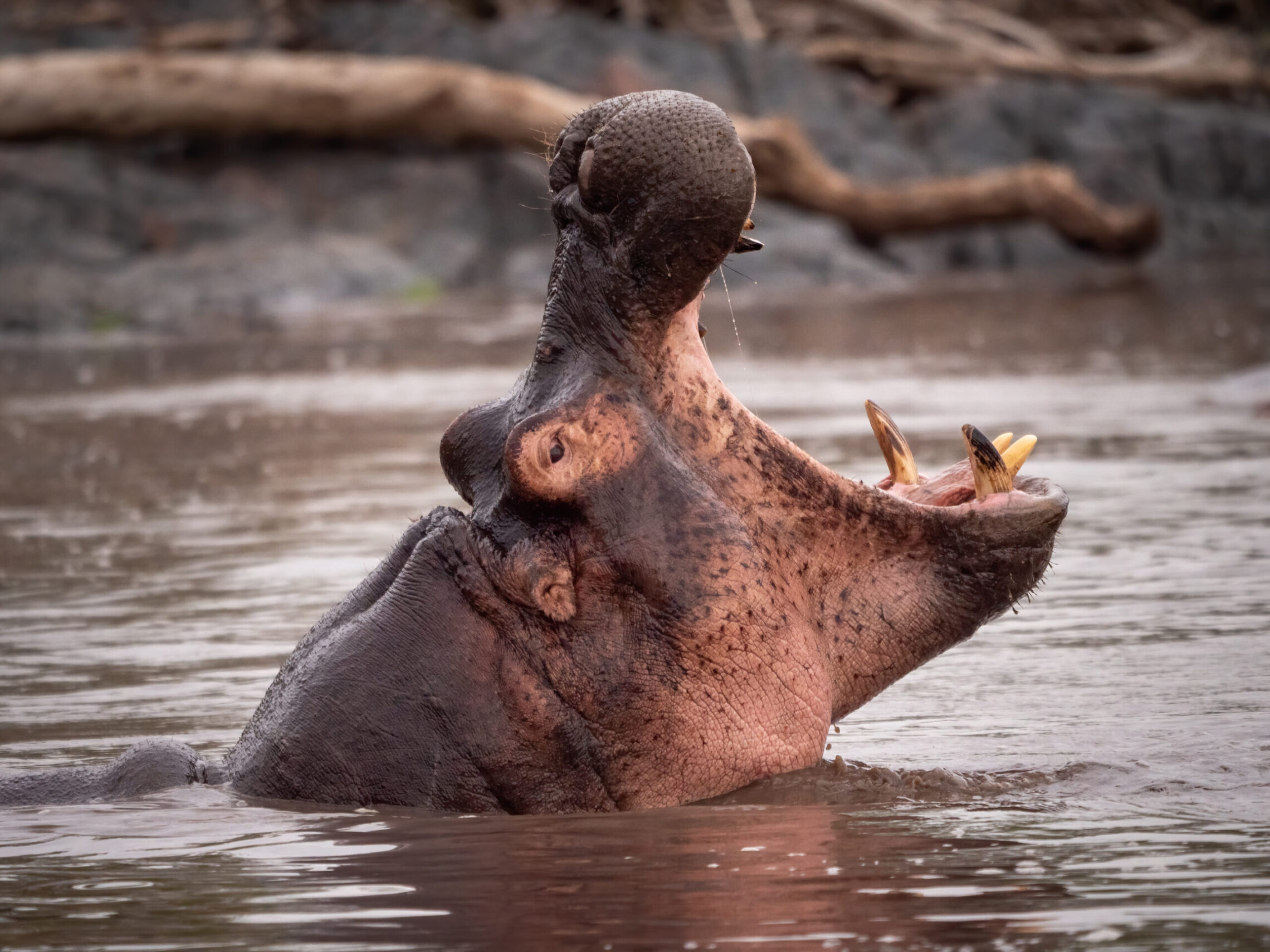

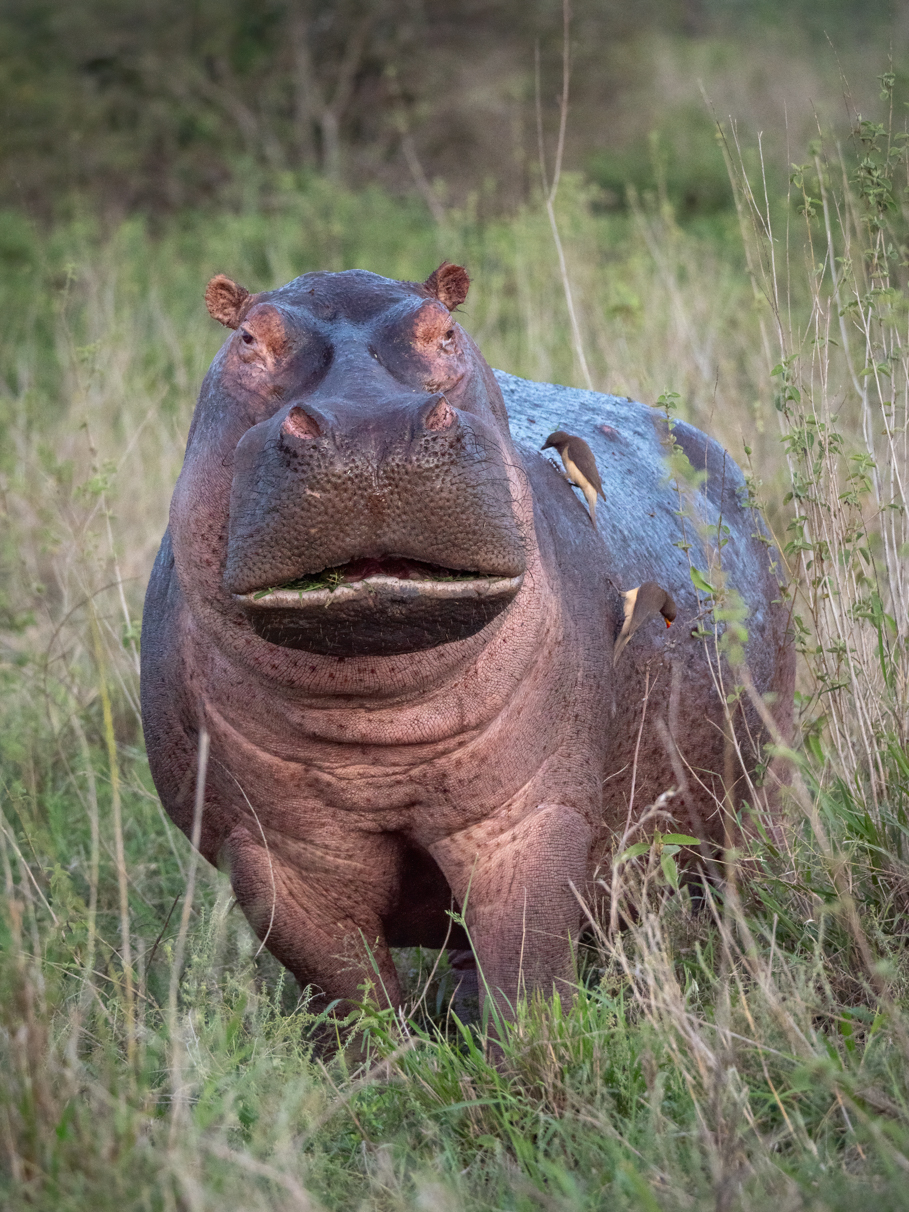
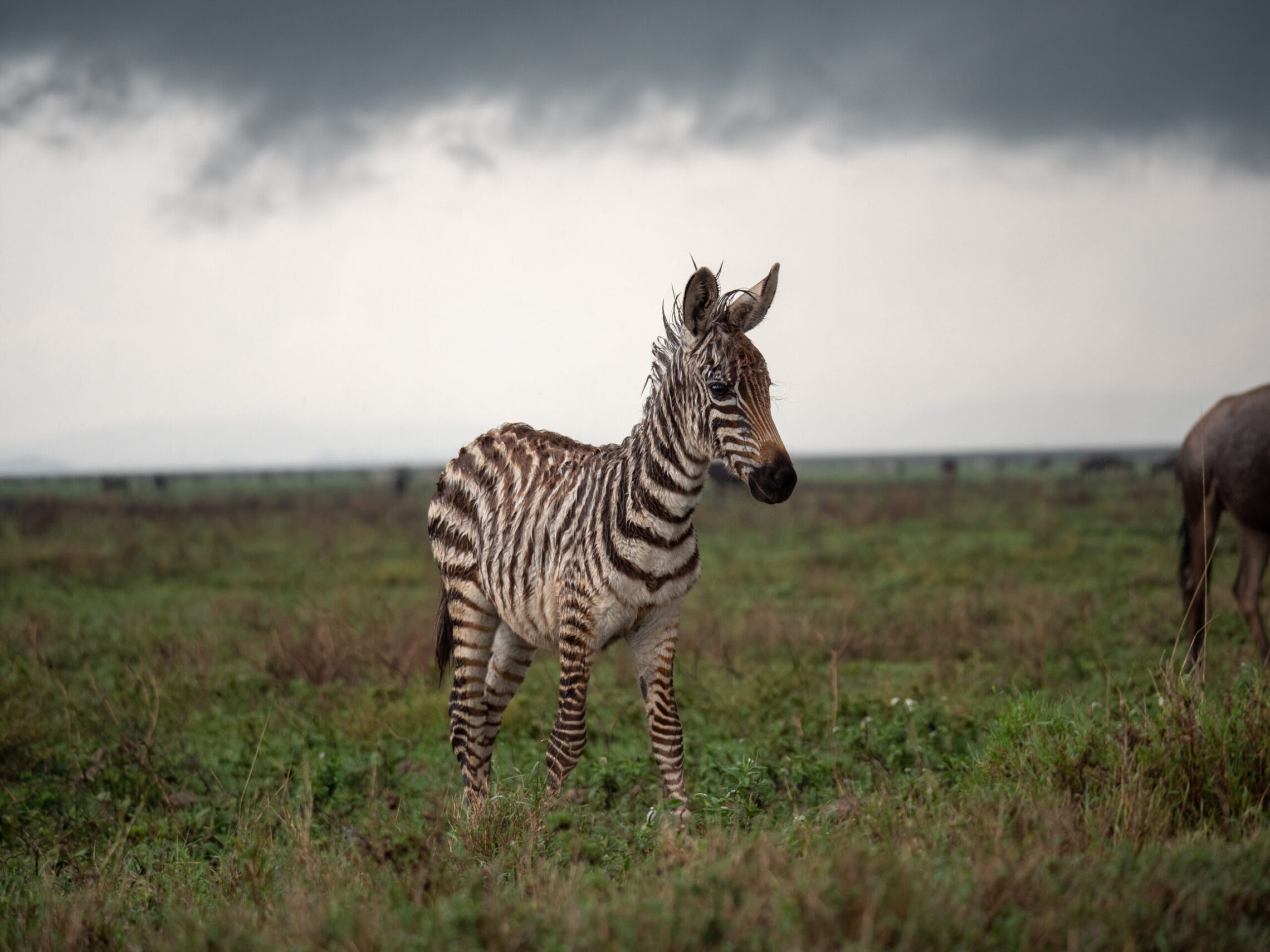
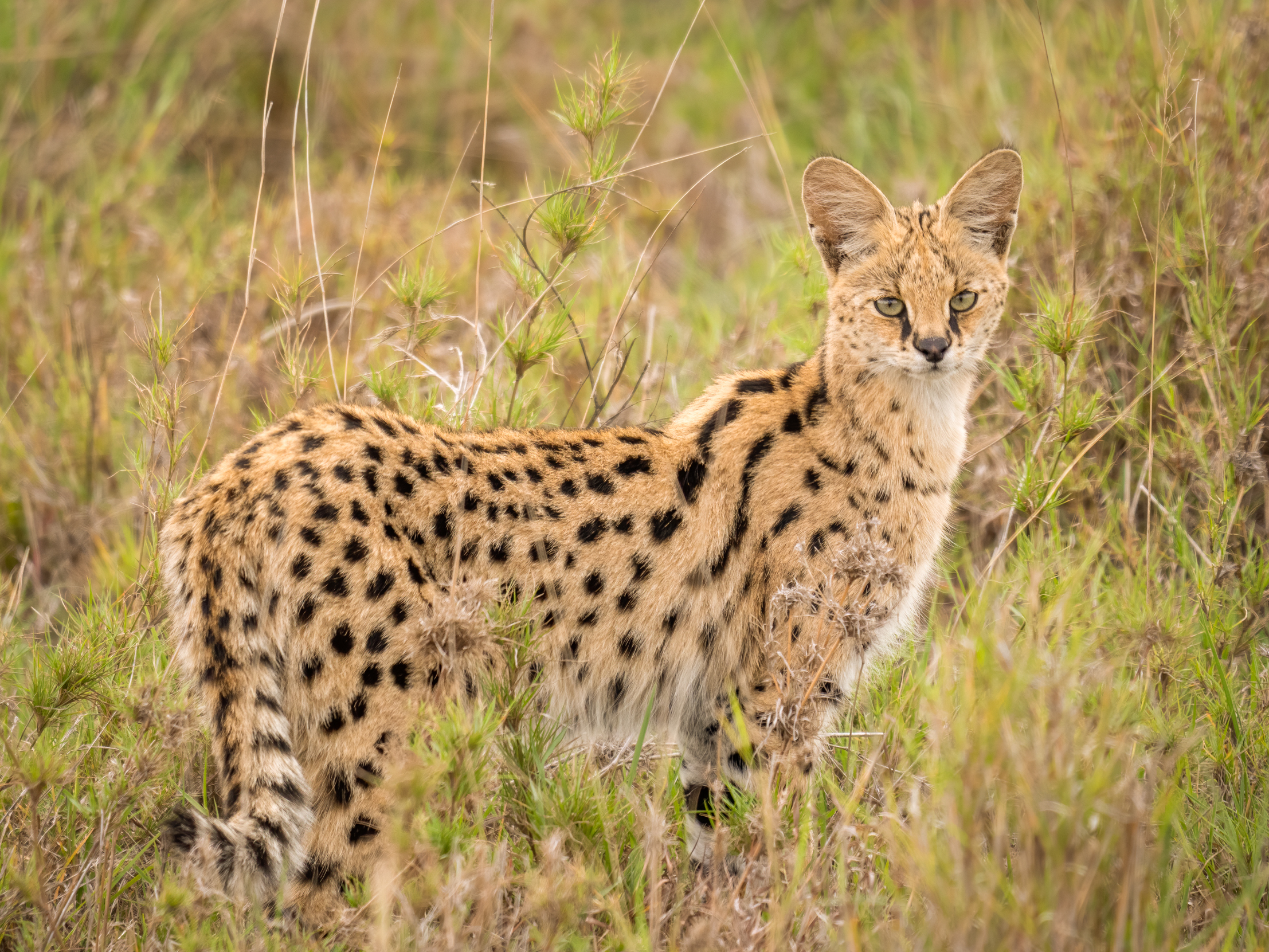








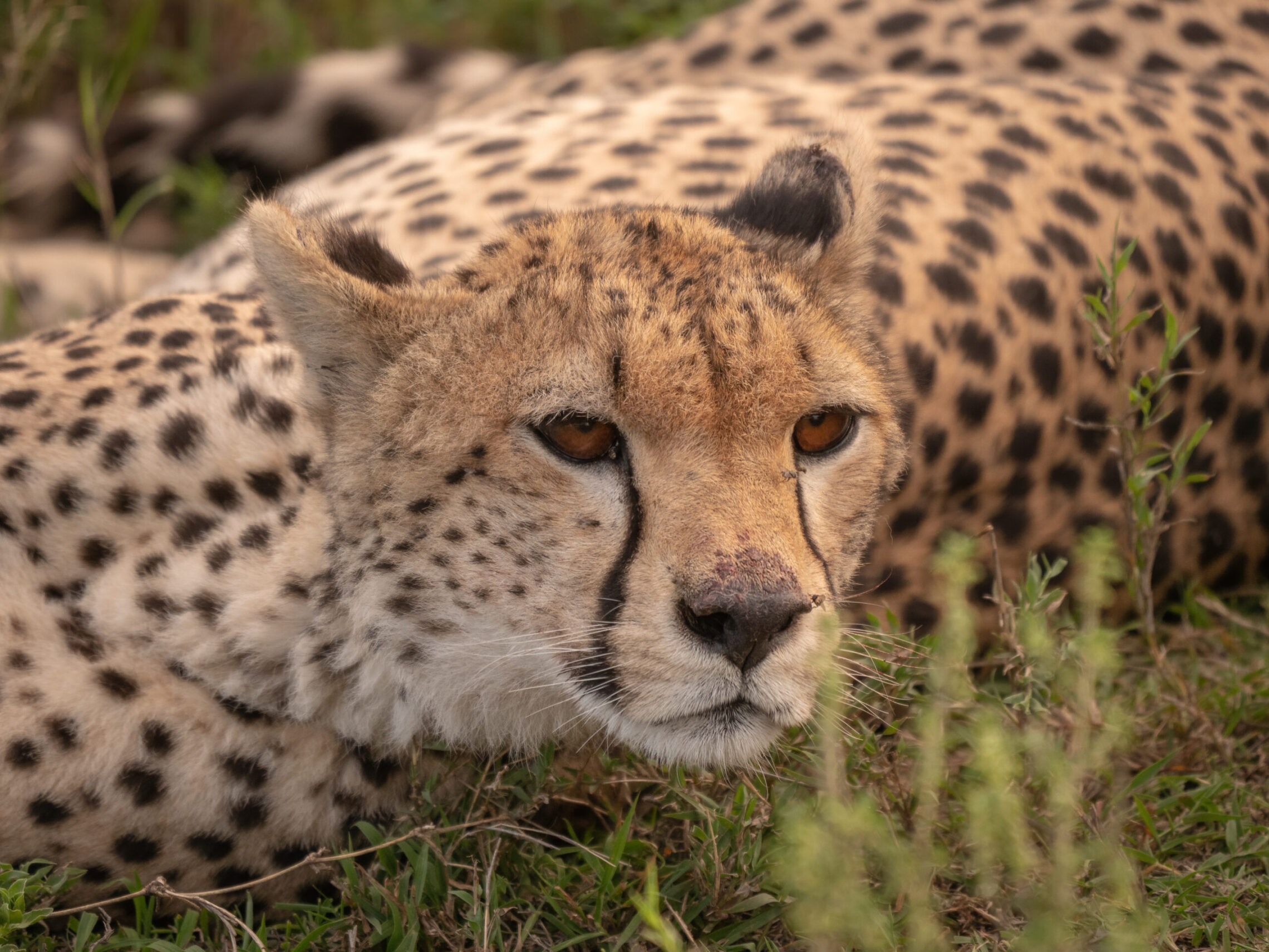
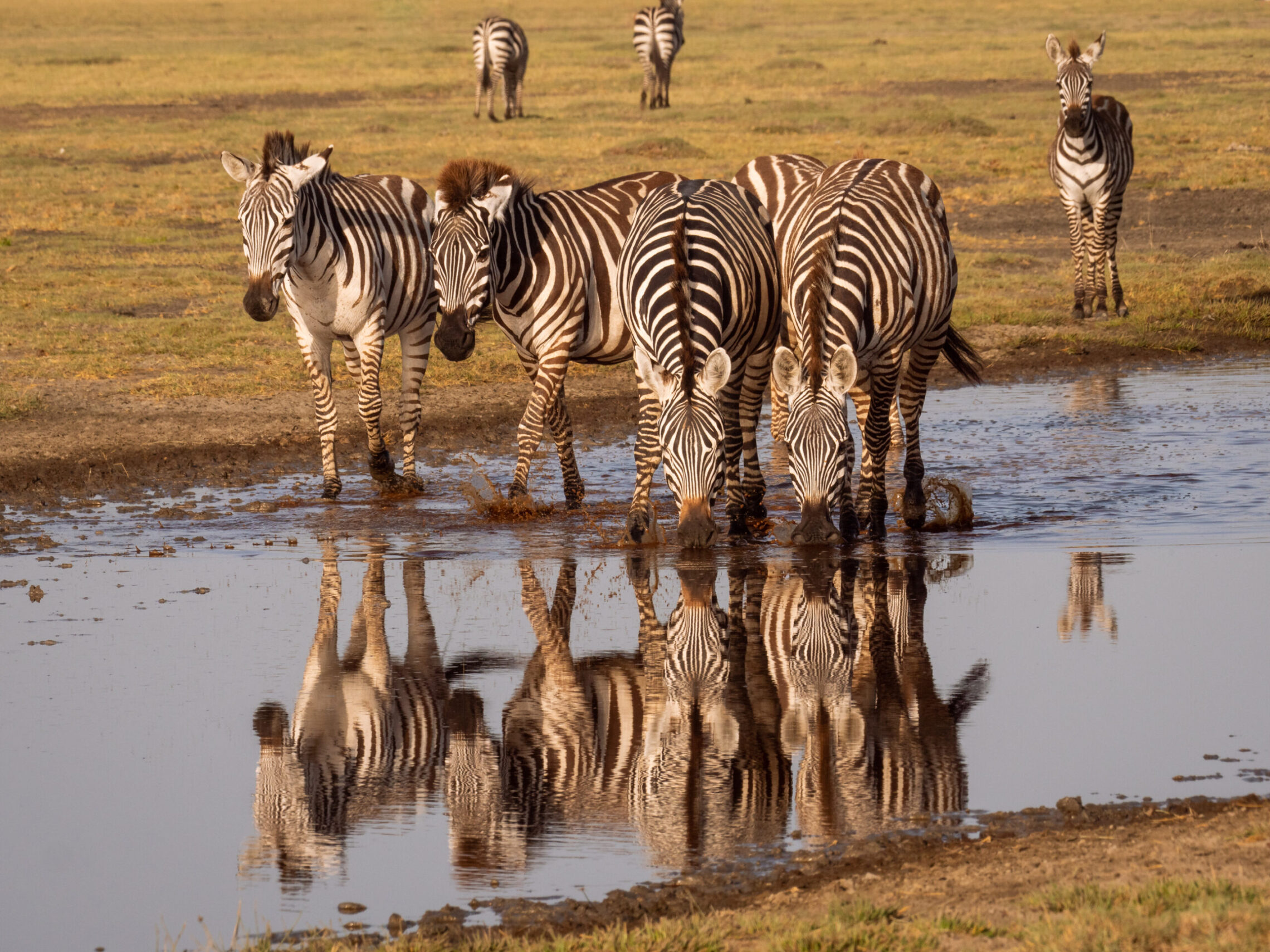



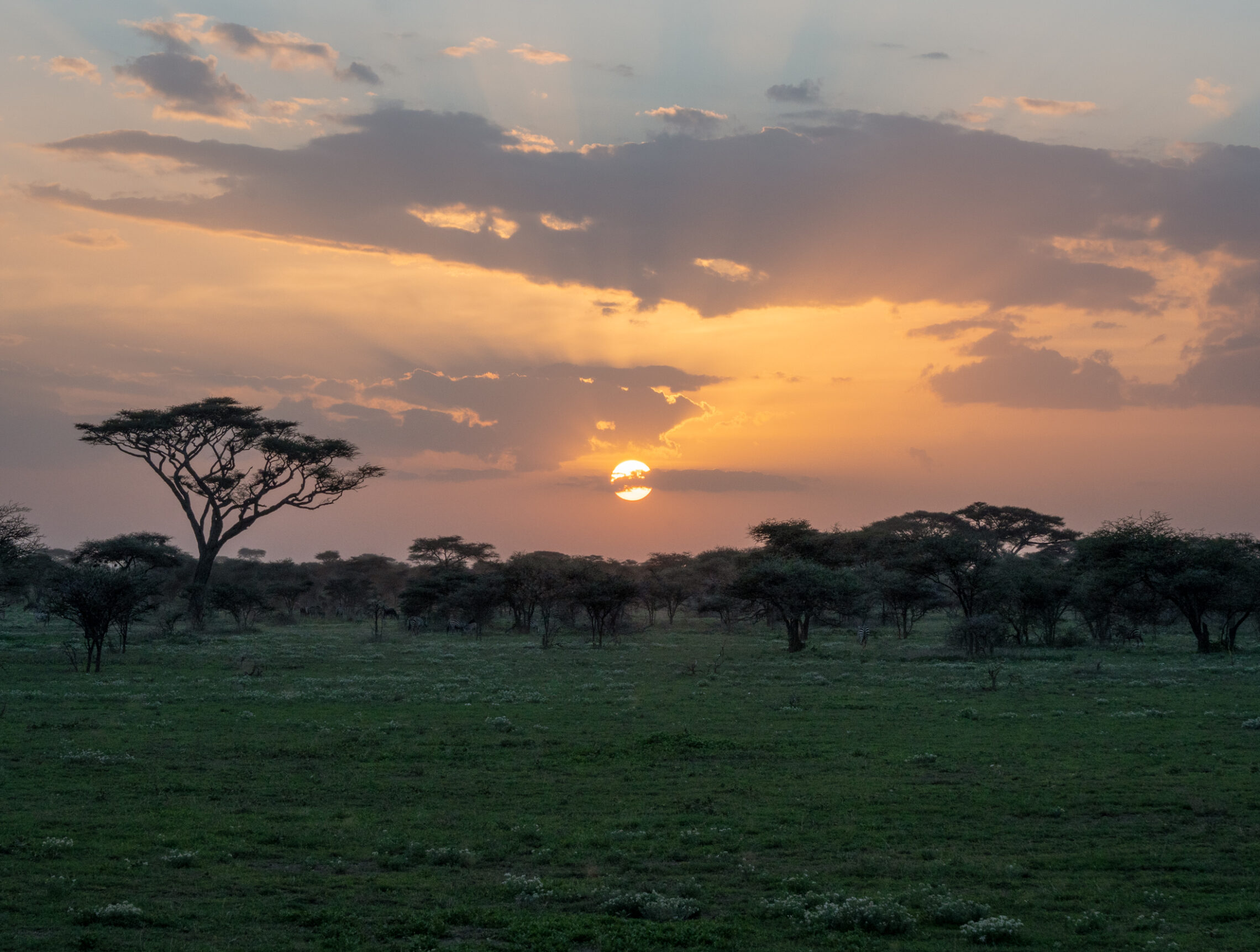












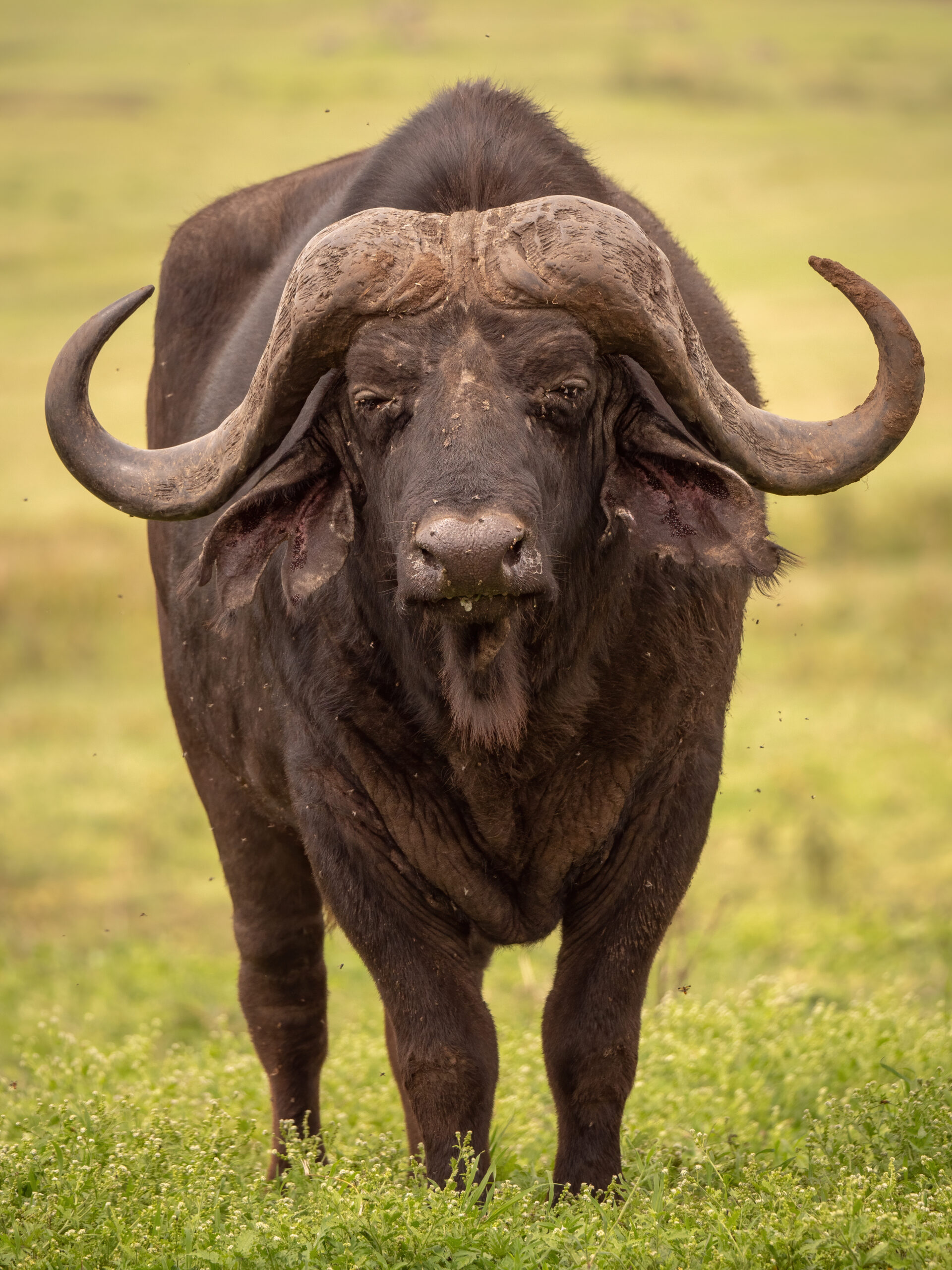


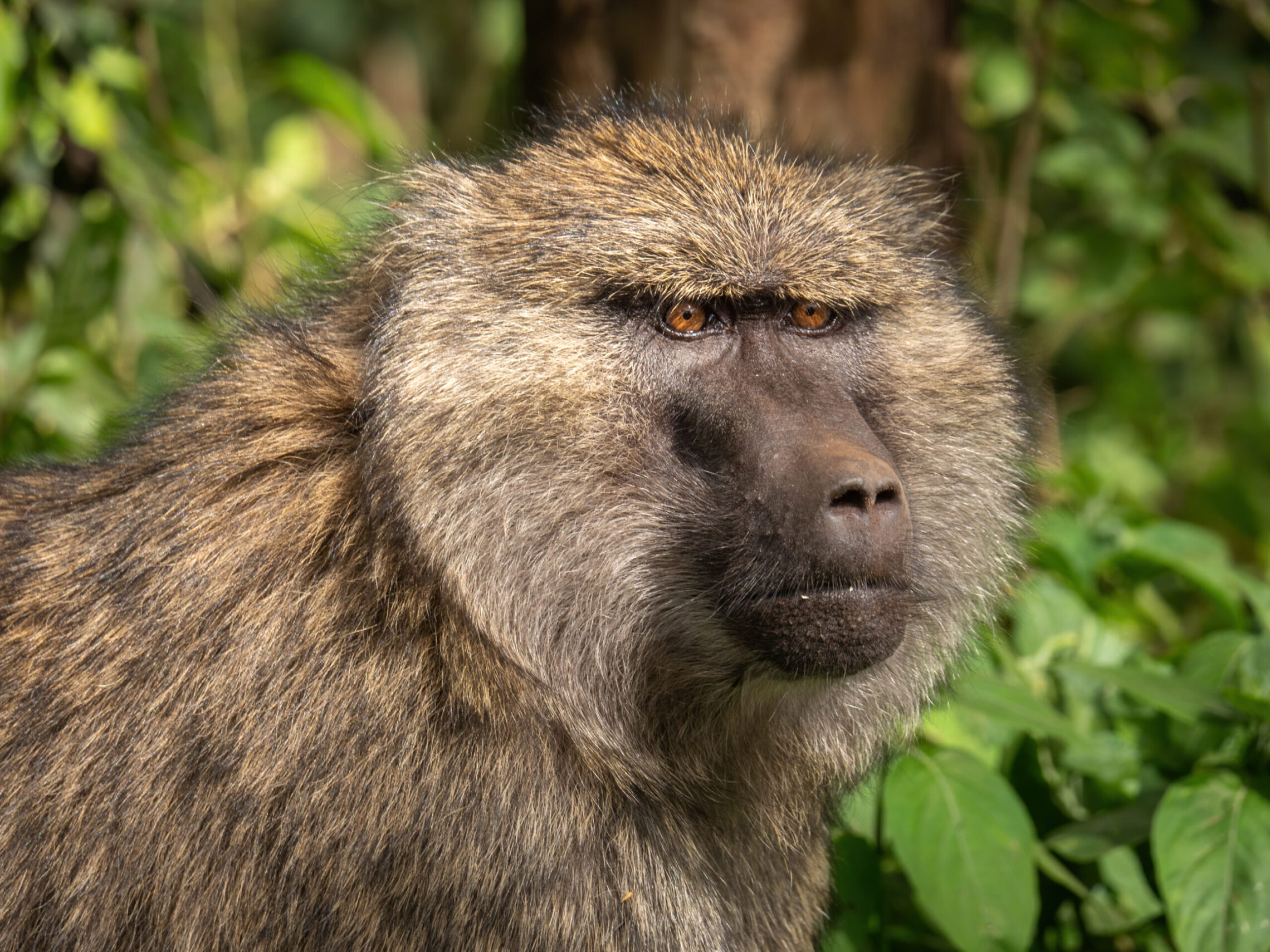

















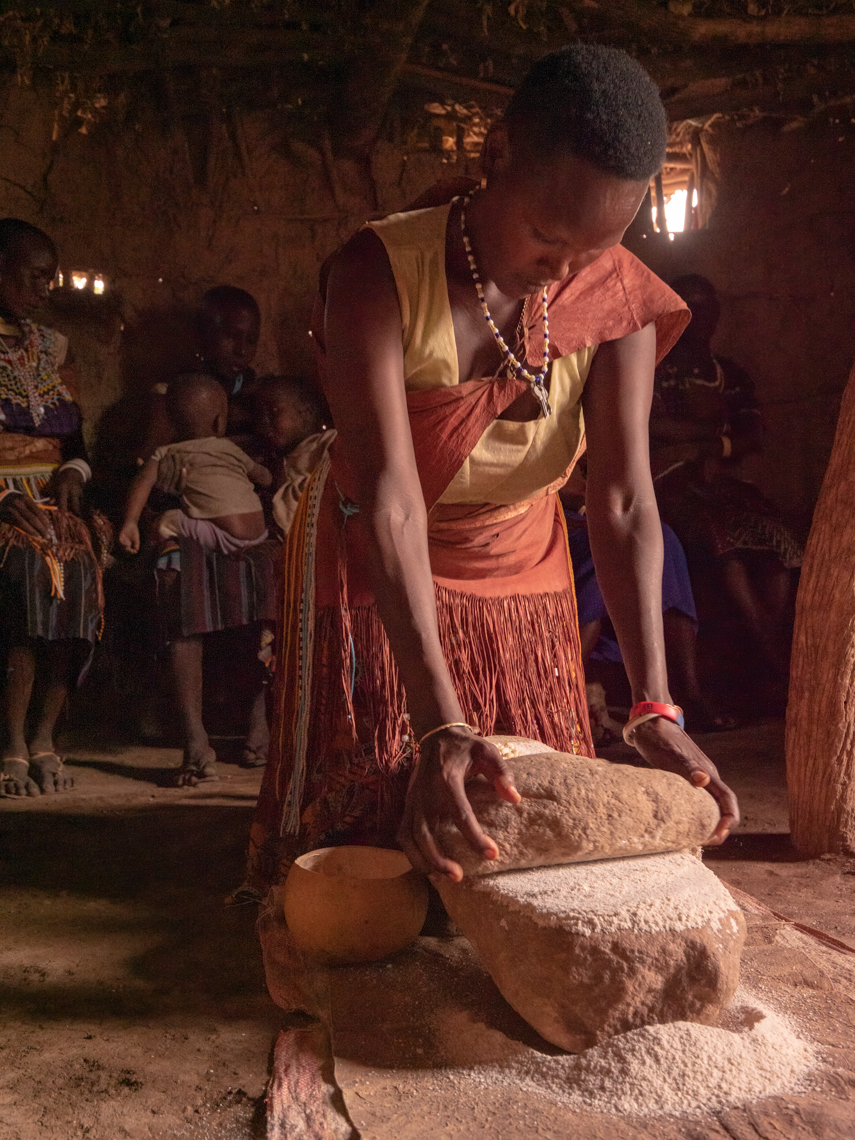





















Stunning pictures!! Did you plan the whole voyage yourself or was it an arranged trip from a traveling company? Would u share which one if it is the latter. Thank you for opening my eyes to the beauty of Tanzania!
Thank you very much! I actually did plan the entire thing myself, but ended up using Arusha Car Rental & Safaris for the safari vehicle, and also hired a guide through them for driving as well as spotting wildlife. https://www.arushacarrental.co.tz/ They were a great company, and I would totally use them again. I believe they are also capable of creating and tailoring entire safari trips, or you can purchase their services à la carte as I did, and just have them adhere to whatever itinerary you created. I do plan on adding a section to this website in the future with the itineraries I used for each of my trips, and elaborate more on the planning side of travel, so feel free to check back in if you plan on taking a trip to Tanzania, or feel free to contact me directly, as I do have a very detailed itinerary of how I went about this trip, including a 2.5 day side trip to Zanzibar, what types of accommodations (airbnbs, tents, hotels, etc.), and the best order to do things in to maximize time and travel.
Your photographs are beautiful. I spent 11 days in Kenya several years ago and dream of visiting Africa again. My album doesn’t compare to your pictures here. I did get a few beautiful sunset pictures.
Thank you for sharing these!!
Thanks for your kind words! I am glad you were able to enjoy Kenya, and get some good sunset photos. I hope you are able to make it out to that part of the world again.
Thank you for sharing your beautiful pictures. It was amazing to see the people and the many beautiful animals.
Thank you so much for taking the time to look and your kind words!